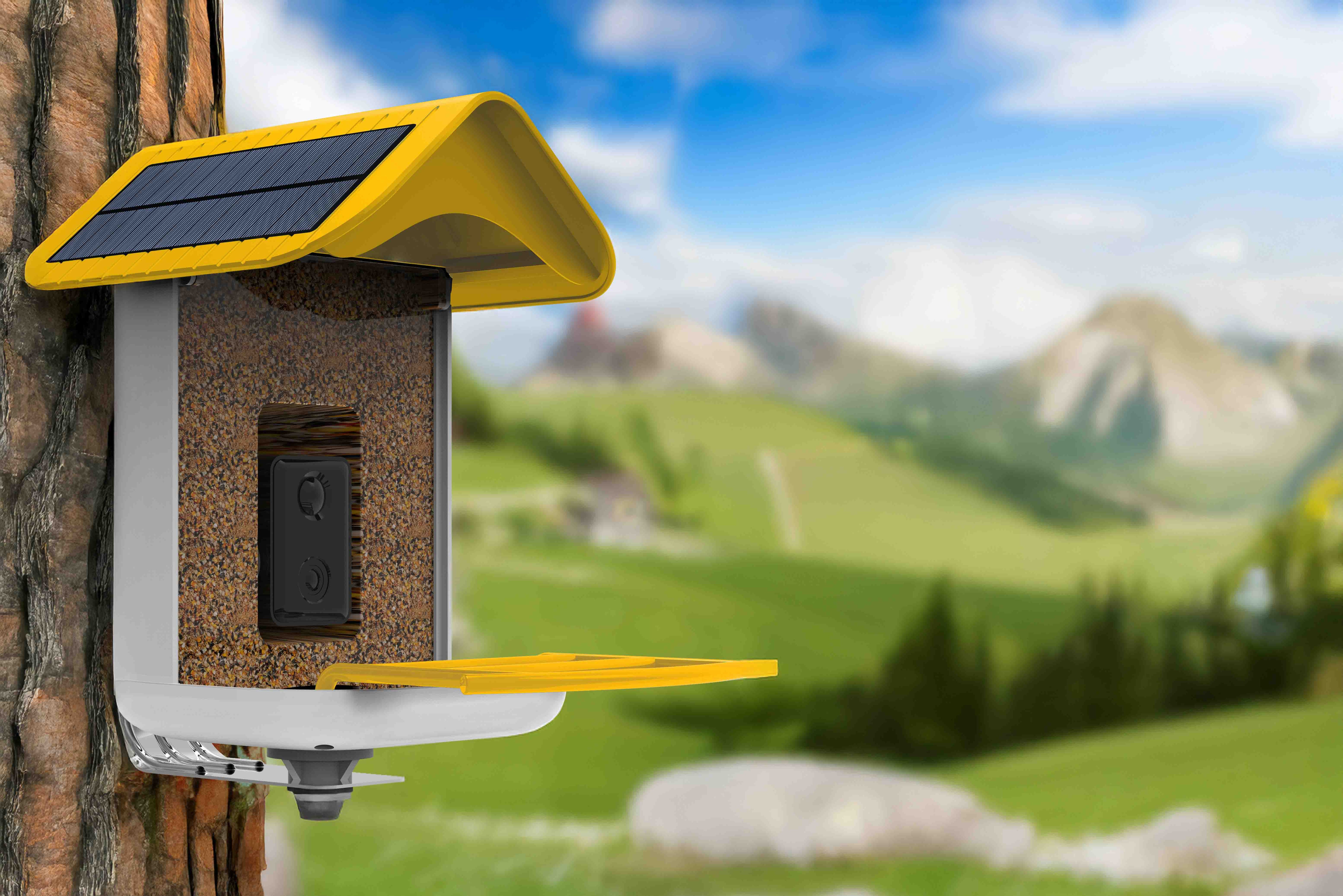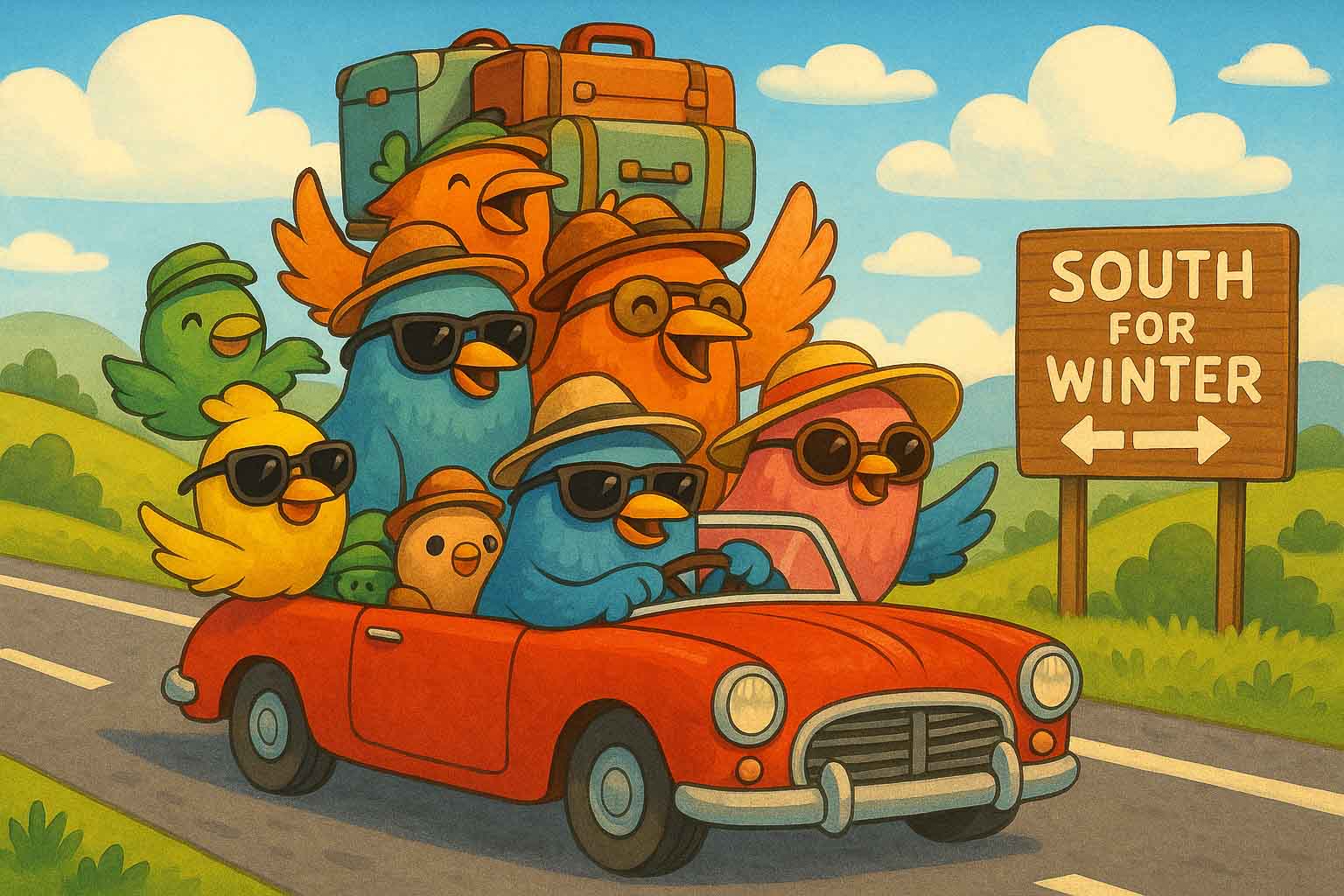Bird feeding is one of the easiest and most rewarding ways to enjoy nature at home. But even with the best intentions, common mistakes can make feeders less effective — or worse, unsafe for birds. The good news? These problems are easy to fix once you know what to look for.
At Trail Optics, we want every bird lover to get the most out of their feeders. Here are the top mistakes to avoid, and how to create a safe, successful birdwatching setup.

Mistake 1: Using the Wrong Seed Mix
Not all seed blends are equal. Many cheap mixes are filled with fillers like milo, wheat, and oats that most backyard birds won’t eat. These fillers end up wasted on the ground, attracting pests instead of birds.
Solution: Stick with high-quality options like black oil sunflower seeds, nyjer seeds, safflower seeds, and suet. We recommend reading this article to make sure you're getting high-quality birdseed.
Mistake 2: Poor Feeder Placement
Feeders that are too close to hiding spots for cats or squirrels put birds at risk. Placing feeders in open, exposed areas can also make birds feel unsafe.
Solution: Position feeders about 5–10 feet from trees or shrubs to provide cover, but not so close that predators can pounce.
Mistake 3: Not Cleaning Regularly
Dirty feeders can spread disease quickly. Mold, bacteria, and spoiled seed are all serious hazards for birds.
Solution: Clean feeders every 1–2 weeks in warm weather and every 2–4 weeks in cooler months. Remove old or clumped seed right away. Read our article on cleaning your feeder here!
Mistake 4: Ignoring Squirrel Prevention
Squirrels can quickly take over a feeder, scaring off birds and wasting seed. Many people give up after constant raids.
Solution: Use squirrel-proof feeders, baffles, or strategic placement to minimize access. Trail Optics Squirrel Alarm system also helps prevent squirrels from stealing your birdseed.

Mistake 5: Overfilling or Underfilling Feeders
A feeder that sits full for too long risks mold, while one that’s always empty may discourage birds from visiting regularly.
Solution: Refill consistently, but only with amounts that can be eaten within a few days. This keeps seed fresh and birds returning.
How Smart Feeders Help Prevent These Mistakes
Trail Optics smart feeders solve many of these challenges automatically:
-
Built-in cameras let you monitor activity and know when to refill.
-
Durable design keeps seed fresher and reduces moisture buildup.
-
Smart notifications alert you when birds are visiting
-
Squirrel Alarm System like the one in Trail Optics Smart Bird Feeder lets the camera help you keep your feeder safe
With a smart feeder, you don’t just avoid mistakes — you elevate the entire birdwatching experience.
Bird feeding is most successful when done thoughtfully. By avoiding these five common mistakes, you’ll attract more species, keep them safe, and enjoy birdwatching even more.
At Trail Optics, we’re proud to provide smart feeders that make the process simple, safe, and engaging for every backyard birder.



Leave a comment
This site is protected by hCaptcha and the hCaptcha Privacy Policy and Terms of Service apply.